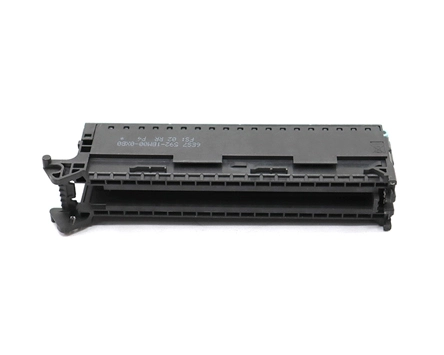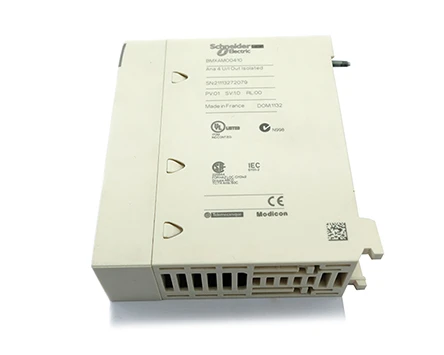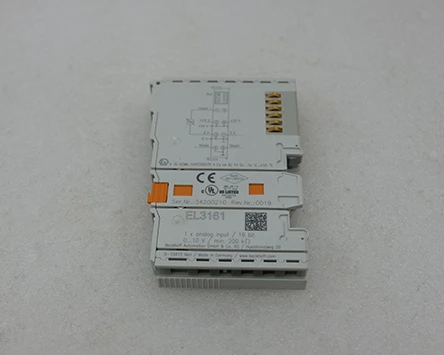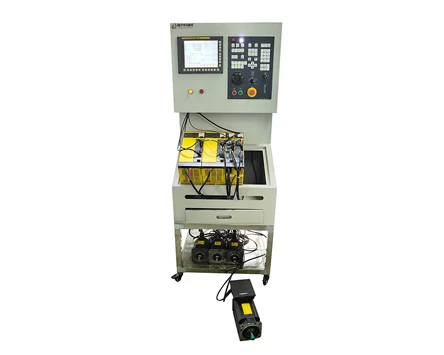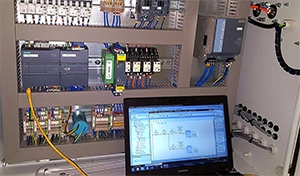
In the digital age, the Human-Machine Interface (HMI) serves as a bridge for communication between humans and machines, and its importance is self-evident. The touch screen as an innovative form of HMI is gradually becoming a key technology to upgrade the human-machine interaction experience. This article will explore from two aspects how touch screens on HMIs profoundly change our interaction methods.
With the advancement of technology, artificial intelligence has been applied in many fields, one significant characteristic being the increasingly rich ways in which we interact with products. For example, the emergence of products like ticket booking machines, self-checkout machines, and ATMs with touch screens has made HMI touch screens the most classic and widespread form of human-machine interaction at present. Users can manipulate touch screens at will using gestures like swiping, pressing, scrolling, and rotating. This allows them to better, more comprehensively understand the characteristics of objects (e.g., text, images, and video information).
The continuous innovation in HMI touch screen technology has brought unprecedented convenience and intuitiveness to human-machine interaction. From the initial resistive touch screens to the coexistence of technologies like capacitive, infrared, and pressure-sensitive touch screens, the response speed, accuracy, and durability of touch screens have all been significantly improved. Moreover, the introduction of flexible display technology allows HMI touch screens to bend and fold, adapting to more diverse application scenarios such as wearable devices and flexible display phones, thereby greatly expanding the boundaries of human-machine interaction.
As HMI touch screen technology continues to develop, the future trends of human-machine interaction are becoming increasingly clear. On one hand, HMI touch screens will deeply integrate with cutting-edge technologies like augmented reality (AR) and virtual reality (VR), creating more immersive interaction experiences. Users will be able to interact with objects in the virtual world through touch screens, achieving multidimensional information display and operation. On the other hand, the rise of 3D HMI design has opened new fields for touch screen applications. Through technologies such as 3D modeling and gesture recognition, touch screens can present more three-dimensional, intuitive information interfaces, enabling users to interact with machines in a more natural and intuitive manner, greatly enhancing the convenience and comfort of interaction. For instance, the integration of HMI touch screen Siemens solutions is setting new standards in industrial automation, offering unparalleled precision and user-friendly interfaces.
In summary, HMI touch screens, as important tools for upgrading human-machine interaction, are leading the future development of human-machine interaction with their unique advantages. With continuous technological progress and the expansion of application scenarios, we have reason to believe that touch screens will play an important role in more fields, bringing more convenience and surprises to people's lives and work.
 English
English 日本語
日本語 한국어
한국어 français
français Deutsch
Deutsch Español
Español italiano
italiano русский
русский العربية
العربية Türkçe
Türkçe Jawa
Jawa